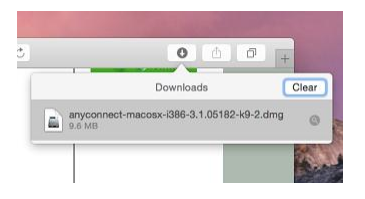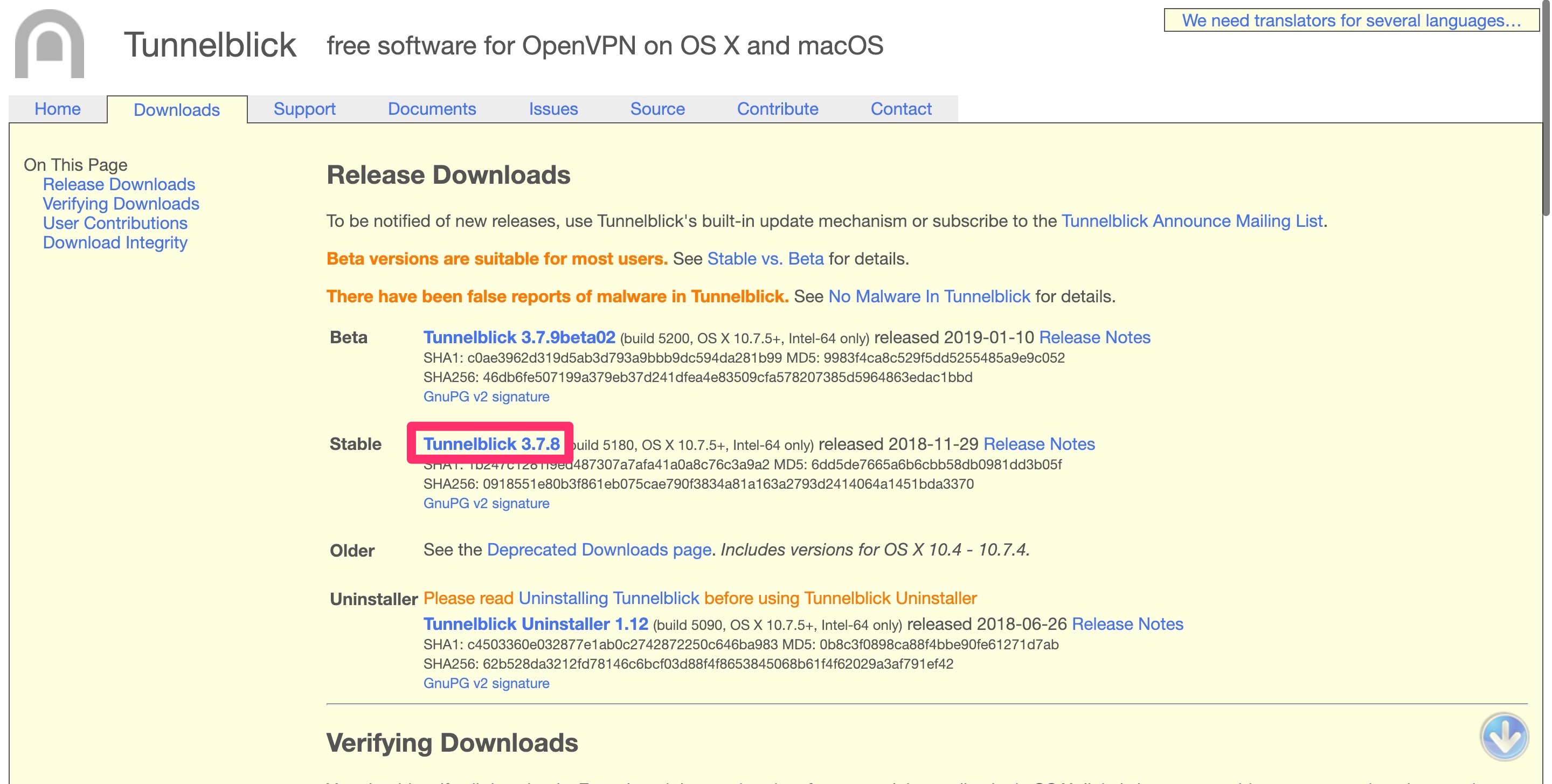

If automated decompression doesn’t occur, just double-click the “.zip” icon to manually initiate the process, ultimately taking it to the final disk image (.dmg) format.

From your home Mac you must already be able to get onto the Internet by having an account with an Internet Service Provider (ISP) that provides you with dial-in modem, cable modem (RoadRunner), or DSL modem service. This VPN Client is a “Universal” application that runs on both Intel and Power PC Mac models.

This guide is designed to help you install and use the free Cisco VPN Client v4.9.x on your home Mac or on-campus wireless networked Mac running Mac OS X (v10.4-10.5.x). Think of a VPN connection as a secure communication channel for authorized UTHSCSA computer users. In order to access resources that are normally available only to on-campus computers connected by Ethernet network cables (computers “inside” the firewall) you must install and use software that creates a “virtual private network” (VPN) for remote and wireless computers used by bonafide HSC faculty, staff, and students.

INTRODUCTION If you are using the internet from your home Mac, or if you are using the on-campus wireless network, you will find that there are certain UTHSCSA campus resources that you will not be able to access directly because of the “firewall” and other access controls that guard against unauthorized access to the campus network. Cisco VPN Client v4.9.x for Mac OS X 10.4-10.5.x: Installation and Usage Guide Revised July 2009 by UTHSCSA IMS Departments of Client Support Services and Systems & Network Operations


 0 kommentar(er)
0 kommentar(er)
